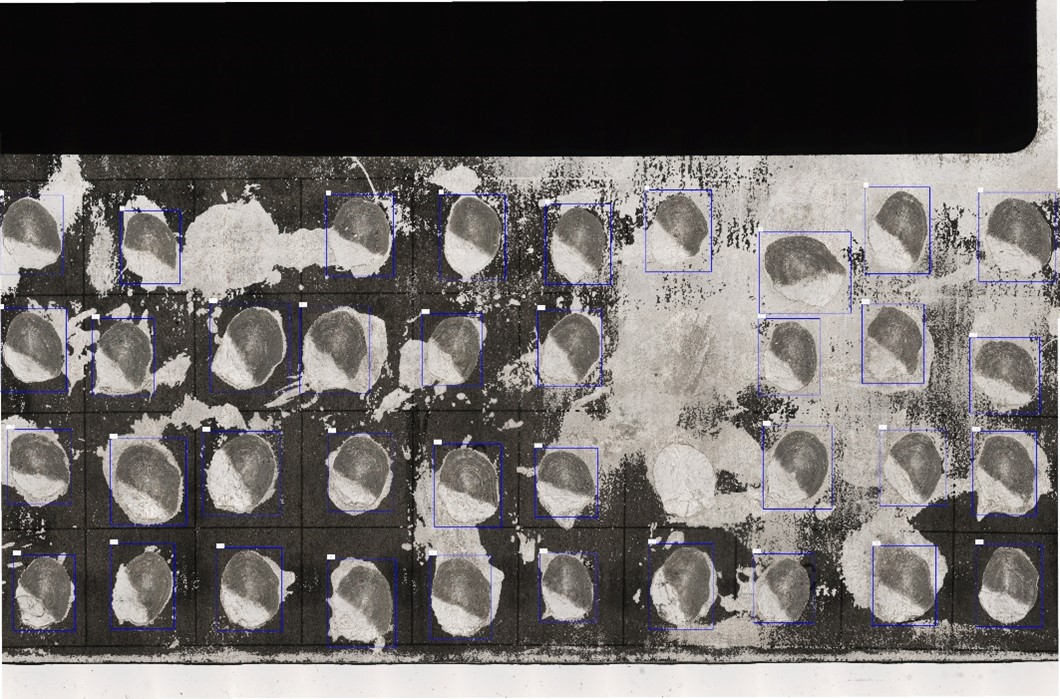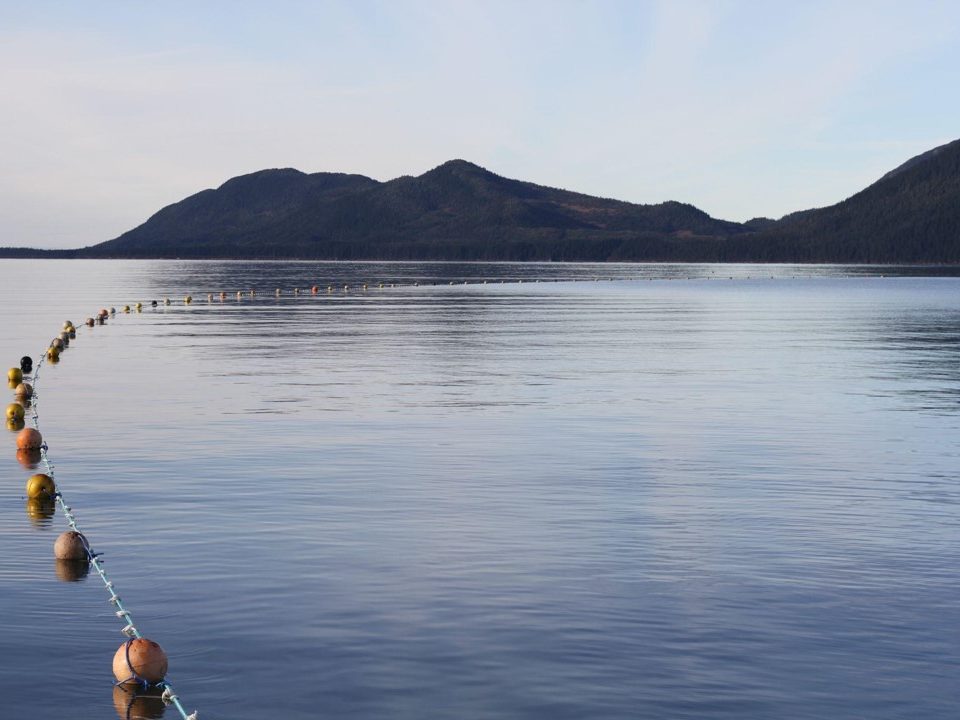Application of machine vision and deep learning to the automation of sockeye salmon scale age estimation.

PROJECT
Application of machine vision and deep learning to the automation of sockeye salmon scale age estimation.
Background
Sockeye salmon (Oncorhynchus nerka) fisheries in Alaska are managed based upon the principle of sustainable yield, wherein fisheries are actively managed to achieve in-river escapement goals while maximizing harvest opportunities for resource users. Escapement goals are established using age-structured population models that estimate the number of spawning adults needed to maximize the yield of future returns of sexually mature fish. Age information is produced by highly trained personnel who examine and identify annular growth patterns on scales. These methods require a considerable investment of resources and are subjective. Automation has the potential to improve the management of salmon fisheries: Precise age information is critical to the evaluation of escapement goals, the generation of pre-season forecasts, and the long-term monitoring of population structure. The application of machine vision to automate scale age estimation may improve the precision of age information produced from a single, objective source. More precise age information may lead to improved stock assessments and pre-season harvest forecasts. Better estimates of these indicators of abundance and productivity would provide fishery managers with a greater understanding of allowable harvests with the potential to refine fishery yields.
Project description
This project addresses the current methodological shortcomings through the application of machine vision to scale-based age estimation. Artificial convolutional neural networks (CNN) are a class of machine vision that has been successfully applied to numerous image classification tasks. This project is producing an annotated image set of sockeye salmon scales to train and test CNN classifiers against human agers. The goal of the project is to improve methods in scale-based age estimation through the application of new technologies in high throughput digitization and machine vision to automate scale age estimation.
We have developed a workflow to digitize salmon scale cards on a Zeiss Axioscope 7 microscope to date. Scale cards are mounted on a custom-designed 3D printed holder that compresses them between two glass sheets to make them as flat as possible. Multiple focus measurements are made, and then the entire card is scanned. This methodology can scan a card to very high resolution in 3 to 4 minutes. From the scanned card, individual scales are identified with an AI-based classifier. To date, a library of 15,000 scale images has been created, and four expert scale agers are aging them. When the set is complete, we will train a separate AI classifier to age the scales, and we will see how well the classifiers “learn” from each human ager, as well as make an overall comparison to see if automated methods stack up to human aging.
Learn More
PRINCIPAL INVESTIGATOR
Rob Campbell
PWS Science Center
rcampbell@pwssc.org
Rachel Ertz and Dion Oxman
Alaska Dept of Fish & Game
RESEARCH PERIOD
2023-2025
FUNDING
North Pacific Research Board
COLLABORATORS
Alaska Dept of Fish & Game
University of Alaska Fairbanks

An example of a salmon scale card. The blue boxes are bounding boxes for scales detected by the AI classifier. Scale cards are visually complex, with a varied background, and although scales are supposed to be placed in grid, the work is done in the canneries in less than idea conditions and seldom are. Scales are also sometimes placed upside-down and are not readable. The AI classifier is quite good at identifying all the scales on the card, with an accuracy rate of about 97%.




